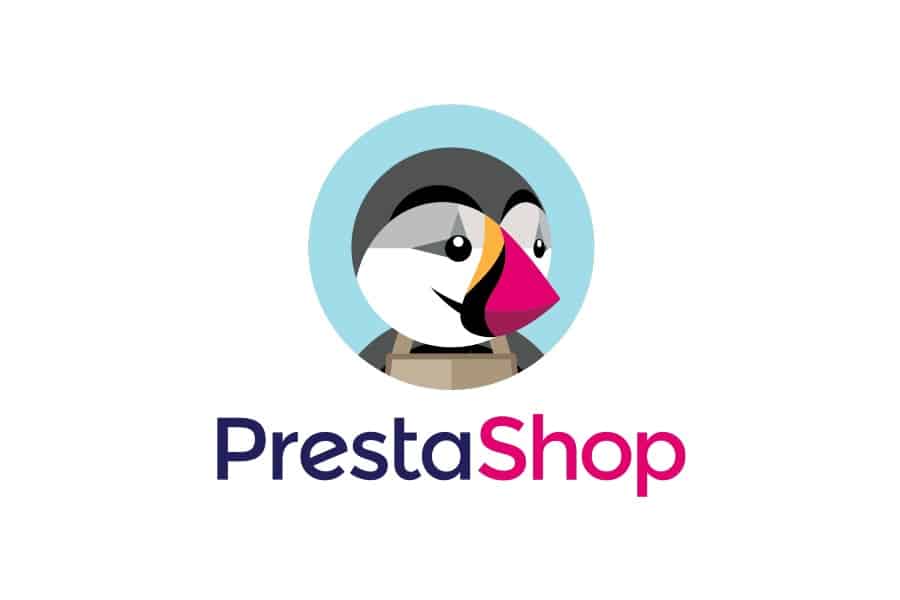
PrestaShop is a popular open-source eCommerce platform that provides a full suite of features and capabilities for building and managing an online store. It was created to make the process of setting up an eCommerce store easier and more efficient, enabling merchants to quickly build their own online businesses.
PrestaShop offers both free and paid versions, with the free version known for its great usability and adaptability to meet the merchant’s specific needs.
Advantages of Using PrestaShop
One of the primary advantages of using PrestaShop for your eCommerce website is that it is free to download and use. This significantly lowers the costs associated with setting up an online store.
Additionally, PrestaShop offers numerous helpful templates and themes ranging from basic to advanced so setting up a store should not be difficult or time-consuming. You can also consult a PrestaShop expert to find out more about the software.
It also provides intuitive user interfaces so customers can easily find what they are looking for when browsing your store. The dashboard also allows you to monitor and manage vital aspects of your business such as orders, invoices, taxes, shipping costs, customer inquiries, etc.; allowing you to save time when it comes to managing customer relations and tracking day-to-day operations.
Moreover, you can benefit from PrestaShop’s wide selection of plugins available in their Marketplace which allow you to customize your store and integrate numerous third-party apps such as marketing or analytics tools; helping you increase visibility and optimize conversions on your e-commerce site.
Disadvantages

Despite the advantages of using PrestaShop, there are some drawbacks to consider. Although PrestaShop is a viable platform for many businesses, it may not be suitable for those that require more customization or complex solutions
-High cost – PrestaShop is free to download and install, but you will incur costs with extensions, themes, integration, and hosting. It can be considerably more expensive than using an out-of-the-box solution such as Shopify or WooCommerce.
-Limited customization – While you can use many extensions to customize the store and change its look, this usually requires editing directly from the source code which can significantly increase the time and complexity involved in making modifications. For those with limited technical skills, this could prove too difficult.
-Lacking scalability – As your business grows more complex in terms of functionality and volume there will eventually come a point where PrestaShop cannot accommodate these needs without extensive custom development that could be beyond what an average user could handle. This means that if you want to significantly change or upgrade your store then you might have to opt for a different platform altogether.
What features are offered?
- Analytics & Statistics: With PrestaShop, you can track key metrics like customer orders and payment methods data with its robust analytics tools. It also provides you with graph visuals for a better understanding of your store’s performance.
- Customizable Design Options: You can use one of the existing themes or customize one based on your preferences. The platform also offers a Custom CSS option for further customization of the theme’s graphics and style to make your website look the way you want it to look and reflect your brand image.

- SEO Optimization: The platform includes several built-in SEO features such as H1 tags, unique URLs, friendly URLs optimization — specifically tailored for each product page — titles, meta descriptions, and more, ensuring that you get optimized SEO performance out of your site with minimal effort on your part.
- Security & Privacy Protection: You can rest assured that the security and privacy of all your customers are taken care of in PrestaShop’s secure ordering process which includes 128-bit SSL encryption technology as well as real-time fraud detection systems like AuthorizeNet Security Code Checker (CSC). It also seals all transactions with VeriSign Corporation’s secure e-commerce seal for maximum protection against malicious intent or fraudulent activity on the web.
Tips for Successfully Setting Up a PrestaShop Ecommerce Website
Once you’ve decided on an eCommerce platform like PrestaShop, it’s time to download and install it. Setting up your store can require time-consuming configuration in order to cater to your specific needs, but there are ways of simplifying this process so that you don’t find yourself spending hours trying to tweak the interface or adding additional modules.
If you decide against handling the migration of an existing PrestaShop store yourself then you’ll need to hire a developer or agency experienced in setting up online stores. It is important for them to possess recent experience setting up an honest PrestaShop store, as mistakes may cost you substantially both in lost revenue and technical headache down the line. Great developers will handle migrations without any disruption as well as test all fronts before going live with your new eCommerce website on the PrestaShop platform.
You should also pay close attention to user experience (UX). It’s advisable not only to create a visually appealing design that closely matches brand identity; it should also be highly intuitive to navigate across devices – desktop, mobile (apps), tablets, etc…

Use this opportunity while building out your eCommerce website structure so that there’s no need for too much tweaking later on down the road when visitors start coming more often due SEO work done targeting traffic generation strategies beginning with keyword research & implementation.
Conclusion
After considering the advantages and disadvantages of using PrestaShop for your eCommerce website, it is clear that this platform offers a comprehensive system for merchants.
It offers an easy-to-use interface, numerous features, and a wide range of integrations that can help streamline your business. However, like any software platform, this option also has its share of drawbacks.
Before making your decision on which platform you should use for your eCommerce website, consider the pros and cons carefully to make sure it is the right fit for you and your business.
Make sure to test different functions if possible to ensure the system will be suitable for all aspects of your business. Ultimately, the choice is yours so be sure to weigh up all options before deciding on a platform.










